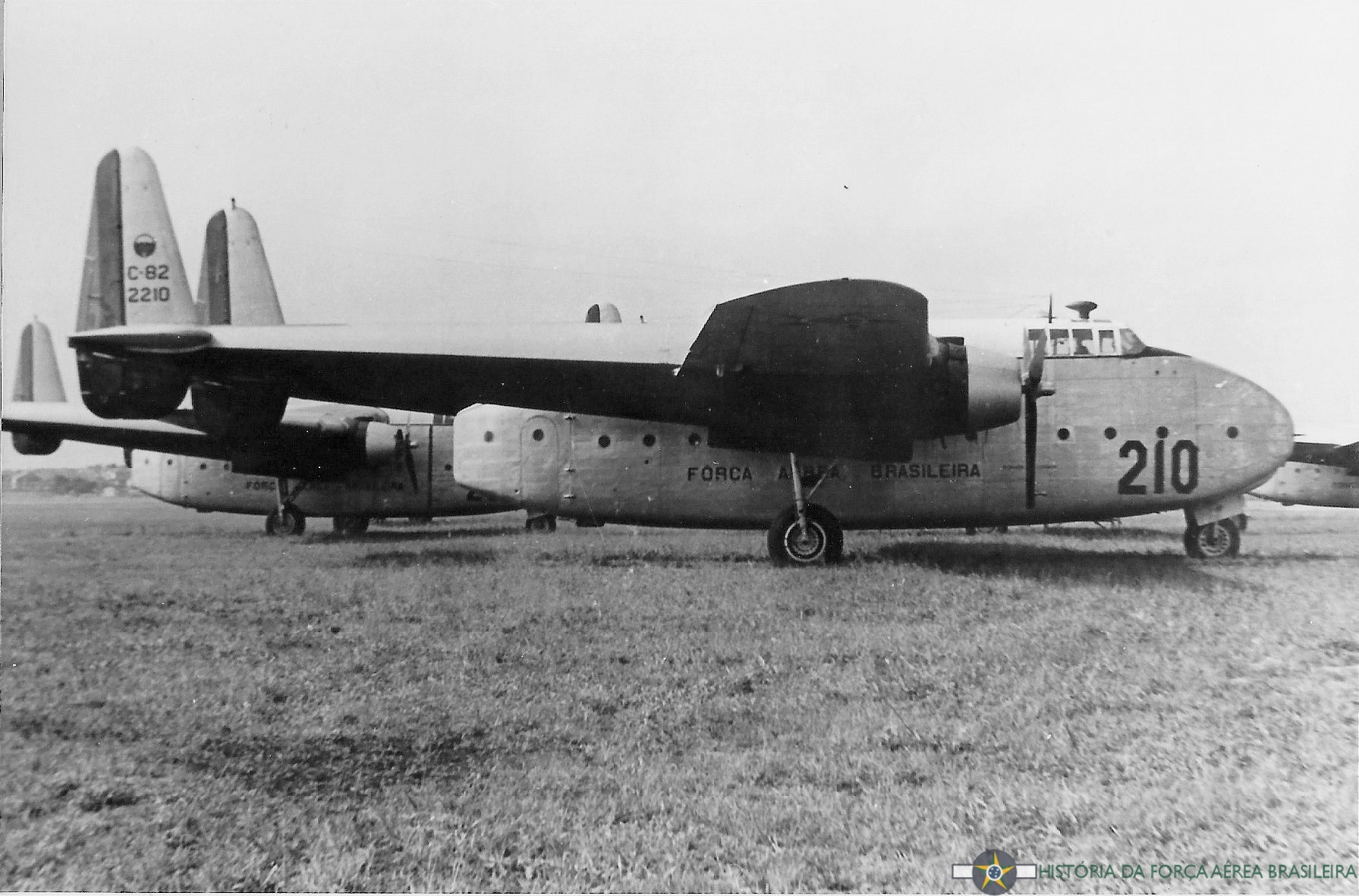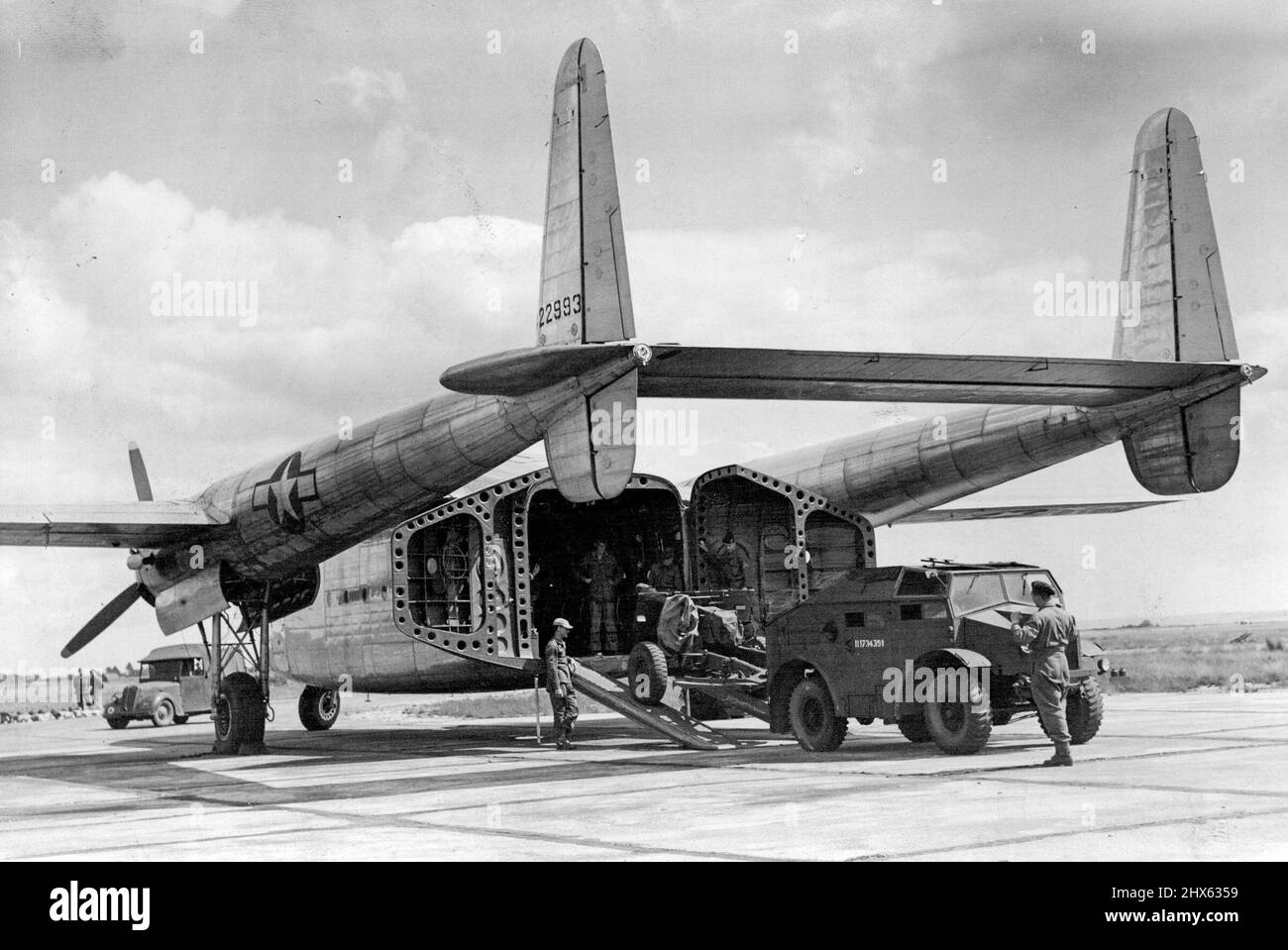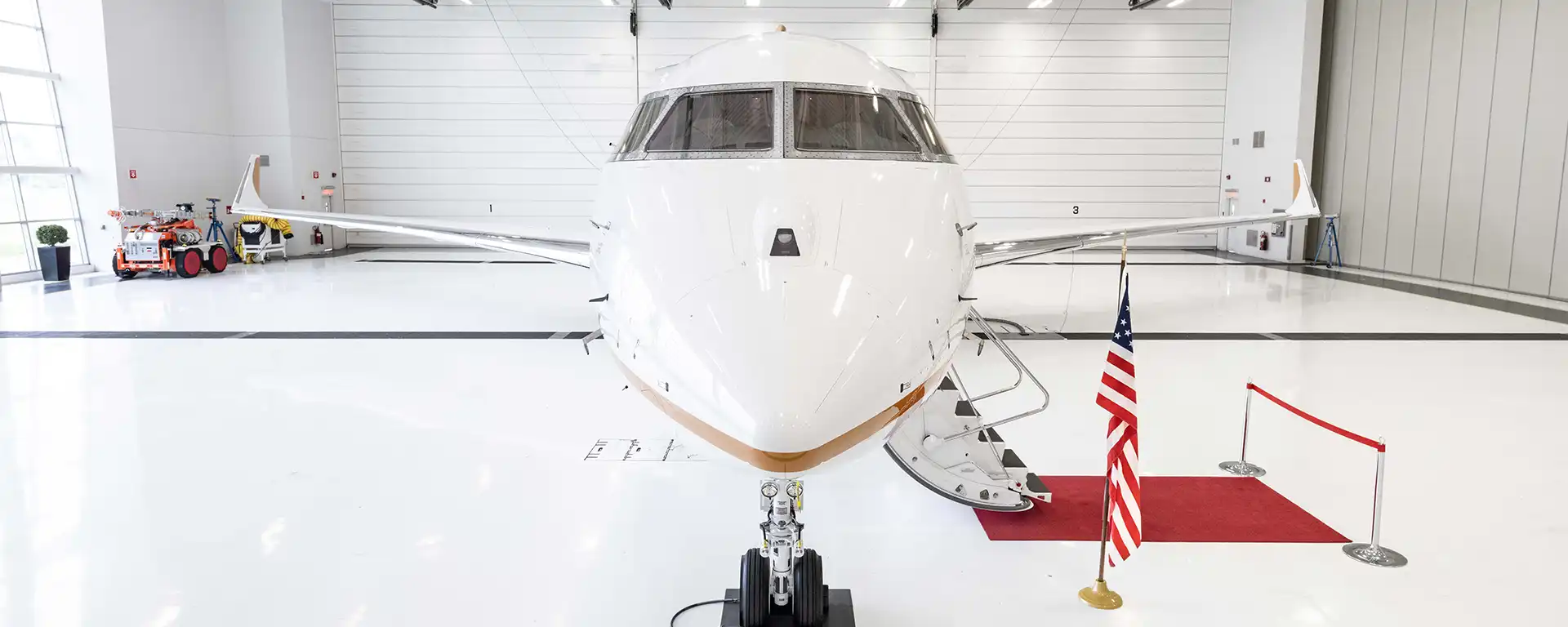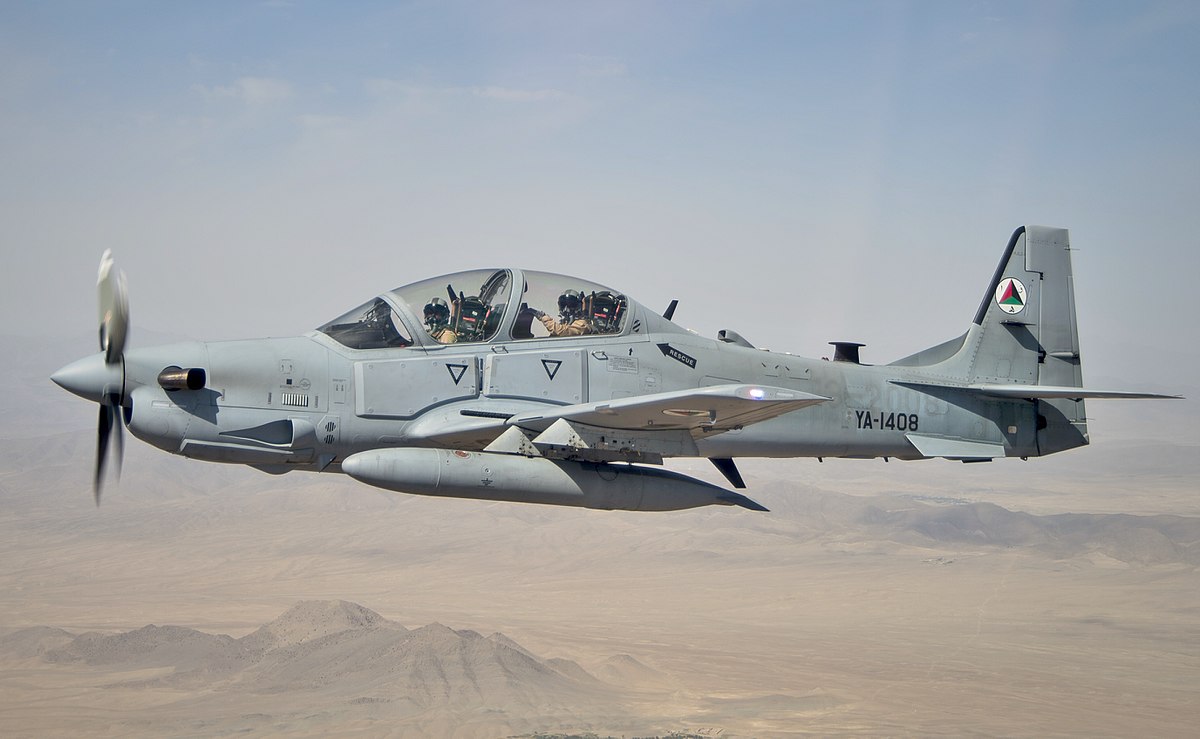Bottom Of Aircraft Carrier - Loren B. Thompson is Chief Operating Officer of the non-profit Lexington Institute and Chief Executive Officer of Source Associates, a for-profit consultancy. Prior to holding his current positions, he was Deputy Director of the Security Studies Program at Georgetown University and taught graduate-level courses in strategy, technology and media affairs at Georgetown.
He has also taught at Harvard University's Kennedy School of Government. This article first appeared earlier this year. Nimitz-class carriers of the type that dominate the current fleet, like the Ford-class carriers that will replace them, are the biggest warships ever built.
Bottom Of Aircraft Carrier
/cloudfront-us-east-1.images.arcpublishing.com/gray/2MLWG3VCKBHRRLZ33PGRESSPAQ.jpg)
They have 25 decks standing 250 feet in height, and displace 100,000 tons of water. With hundreds of watertight compartments and thousands of tons of armor, no conventional torpedo or mine is likely to cause serious damage.
How Would The Recovery Work?
And because carriers are constantly moving when deployed at up to 35 miles per hour -- fast enough to outrun submarines -- finding and tracking them is difficult. Within 30 minutes after a sighting by enemies, the area within which a carrier might be operating has grown to 700 square miles;
after 90 minutes, it has expanded to 6,000 square miles. Carriers typically deploy as part of a "carrier strike group" that includes multiple guided-missile warships equipped with the Aegis combat system. Aegis is the most advanced air and missile defense system in the world, capable of defeating every potential overhead threat including ballistic missiles.
It is linked to other offensive and defensive systems on board U.S. surface combatants that can defeat submarines, surface ships and floating mines, or attack enemy sensors needed to guide attacking missiles. In combination with the carrier air wing, these warships can quickly degrade enemy systems used to track the strike group.
Carrier strike groups often include one or more stealthy attack subs capable of defeating undersea and surface threats. The U.S. Navy Nimitz-class aircraft carriers are among the largest ships in the world (SF Fig. 2.4). Each ship is over 75 meters (m) at its widest point and is over 325 m long.
Could China Recover The Plane?
A Nimitz-class carrier turned up on its stern, or back end, would be taller than the Eiffel Tower! These ships are so large, they contain shopping malls for the crew members living aboard. Even more impressive, a Nimitz-class carrier weighs about 99,000,000 kilograms (99,000 metric tons), but is able to float on water!
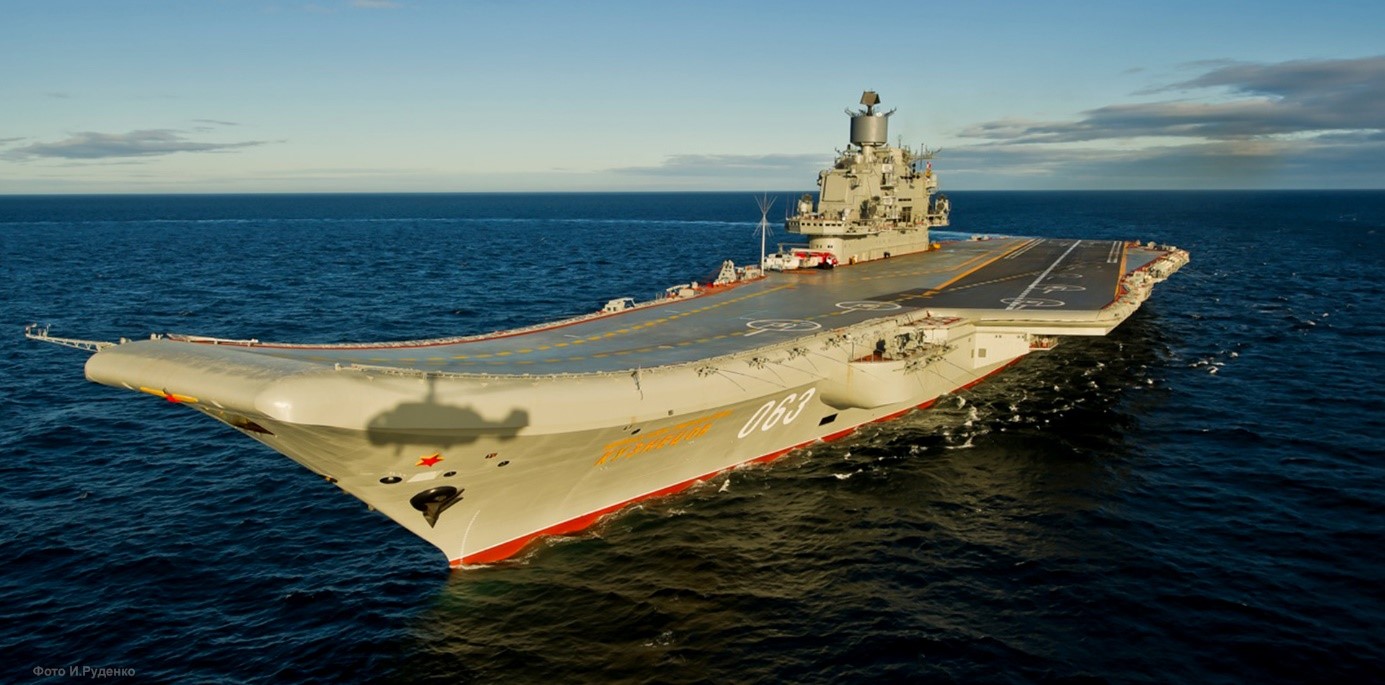
The Navy could use another ship to do the same job, as long as it has the ability to carry an underwater vehicle like CURV-21, which would be used to connect a cable from the ship to the airplane.
The ship would also need to have a crane strong enough to lift the wreck off the ocean floor, probably one capable of lifting at least 100 tons. Additionally, the ship would most likely need a large open deck so the wreckage could be placed there.
On Jan. 29, the Japanese Coast Guard posted a notice informing mariners of ongoing salvage operations in an area in the northern part of the South China Sea. The notice said salvage operations at a particular latitude and longitude would continue "until further notice."
The Navy's initial statement said three of the sailors injured in the crash had been evacuated to Manila for medical treatment. The Japanese Coast Guard's notice said the salvage location was about 320 miles from Manila — which is well within range of the Vinson's Osprey tilt-rotor aircraft that would have transported the injured sailors from the carrier to the Philippine capital.
U.S. aircraft carriers are equipped with extensive active and passive defenses for defeating threats such as low-flying cruise missiles and hostile submarines. These include an array of high-performance sensors, radar-guided missiles and 20 mm Gatling guns that shoot 50 rounds per second.
The carrier air wing of 60+ aircraft includes a squadron of early-warning radar planes that can detect approaching threats (including radar periscopes) over vast distances and helicopters equipped for anti-submarine, anti-surface and counter-mine warfare. All of the carrier's defensive sensors and weapons are netted together through an on-board command center for coordinated action against adversaries.
Although there has been much speculation about emerging threats to aircraft carriers, the Navy invests heavily in new offensive and defensive technologies aimed at countering such dangers. The most important advance of recent years has been the netting together of all naval assets in an area so that sensors and weapons can be used to maximum effect.
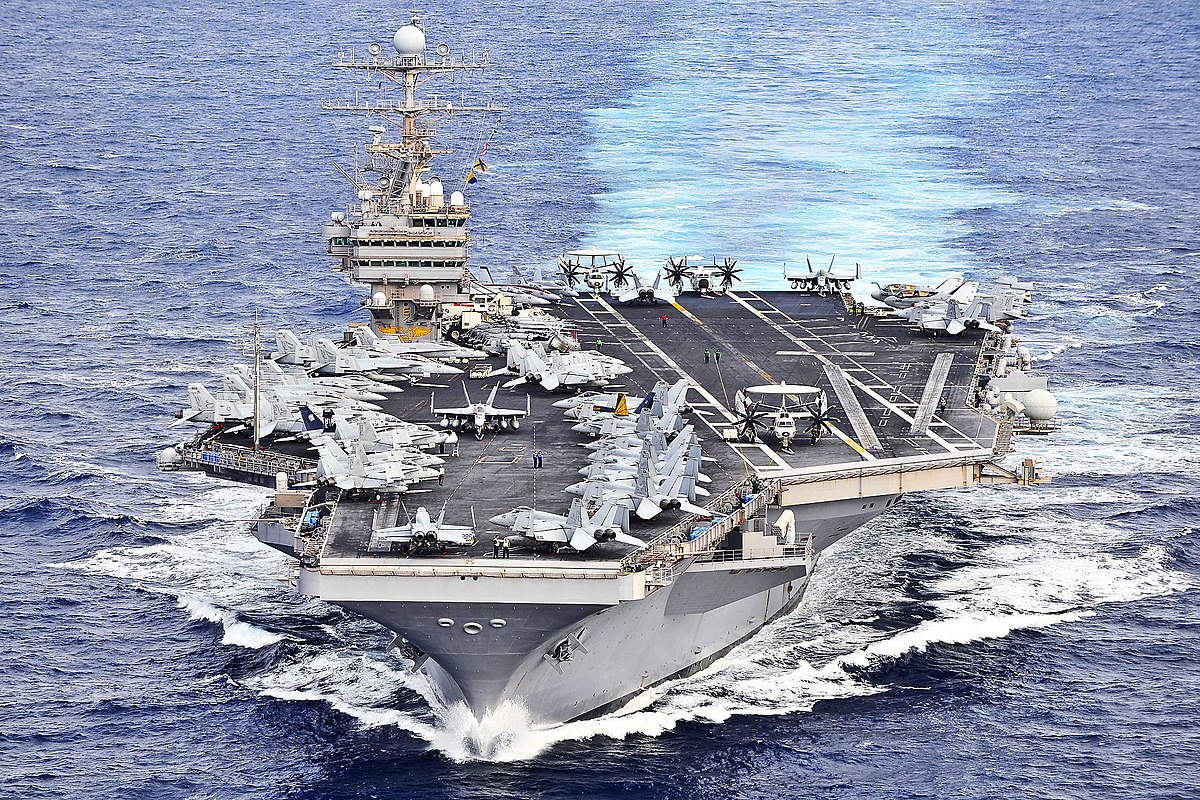
Initiatives like the Naval Integrated Fire Control - Counter Air program link together every available combat system in a seamless, fast-reacting defensive screen that few adversaries can penetrate. Numerous other advances are being introduced, from the penetrating recon capabilities of stealth fighters to shipboard jamming systems to advanced obscurants that confuse the guidance systems of homing missiles.
Reached by phone, an executive with Volstad Maritime, which owns the Grand Canyon II, said the ship was not involved in the Navy's F-35 rescue effort. It is currently leased to an energy company and is working in oil and gas fields off Thailand.
The U.S. Navy's Japan-based Seventh Fleet directed questions about the notice to the Japanese Coast Guard, which said last week that the U.S. National Geospatial-Intelligence Agency had requested that the warning be posted. A spokeswoman for the agency, which is part of the Defense Department, directed queries about that notice back to the Navy.
We don’t know, but it’s not outside the realm of possibility, given that China has already displayed underwater remote-operated vehicles of its own. The real question would be: Can the Chinese vehicles function at the same depth as the American ones?
The Navy has said little publicly since then about the incident. In response to questions from The New York Times, the Navy's Seventh Fleet said last week that the service had "begun mobilizing units that will be used to verify the site and recover" the F-35 involved in the crash.
It was only after a Twitter user posted video of the crash on Feb. 6 that Navy officials acknowledged that the jet had slammed into the rear of the flight deck before skidding the length of the ship and falling into the ocean.
The cost issue is a duck. It only costs a fraction of one-percent of the federal budget to build, operate and sustain all of the Navy's carriers -- and nobody has offered a credible alternative for accomplishing U.S.

military objectives in their absence. Critics say carriers are more expensive than they seem because an accurate accounting would include the cost of their escort vessels, but the truth of the matter is that the Navy would need a lot more of those warships if it had to fight conflicts without carriers.
Large-deck, nuclear-powered aircraft carriers are the signature expression of American military power. No other combat system available to U.S. warfighters come close to delivering so much offensive punch for months at a time without requiring land bases near the action.
As a result, the ten carriers in the current fleet are in continuous demand from regional commanders -- so much so that extended overseas combat tours are becoming the norm. During last year's deepwater helicopter rescue, a Maryland-based company called Phoenix International provided support on the Grand Canyon II.
A Phoenix executive reached by phone declined to comment on whether the company was involved in the current F-35 rescue effort. Given that the F-35 crashed with a full aircraft carrier strike group in the vicinity, it is possible that the Navy has left a smaller escort warship, like a destroyer, to watch over the crash site.
However, the Pentagon brushed off the idea that the Navy was in a race with its Chinese counterpart to pull the ship off the seafloor. The vulnerability issue is harder to address because putting 5,000 sailors and six dozen high-performance aircraft on a $10 billion warship creates what military experts refer to as a very "lucrative" target.
Taking one out would be a big achievement for America's enemies, and a big setback for America's military. However, the likelihood of any adversary actually achieving that without using nuclear weapons is pretty close to zero.
It isn't going to happen, and here are the reasons why. The aircraft carrier is able to float on water because the bottom of the ship, the hull, is designed to displace a large amount of water.
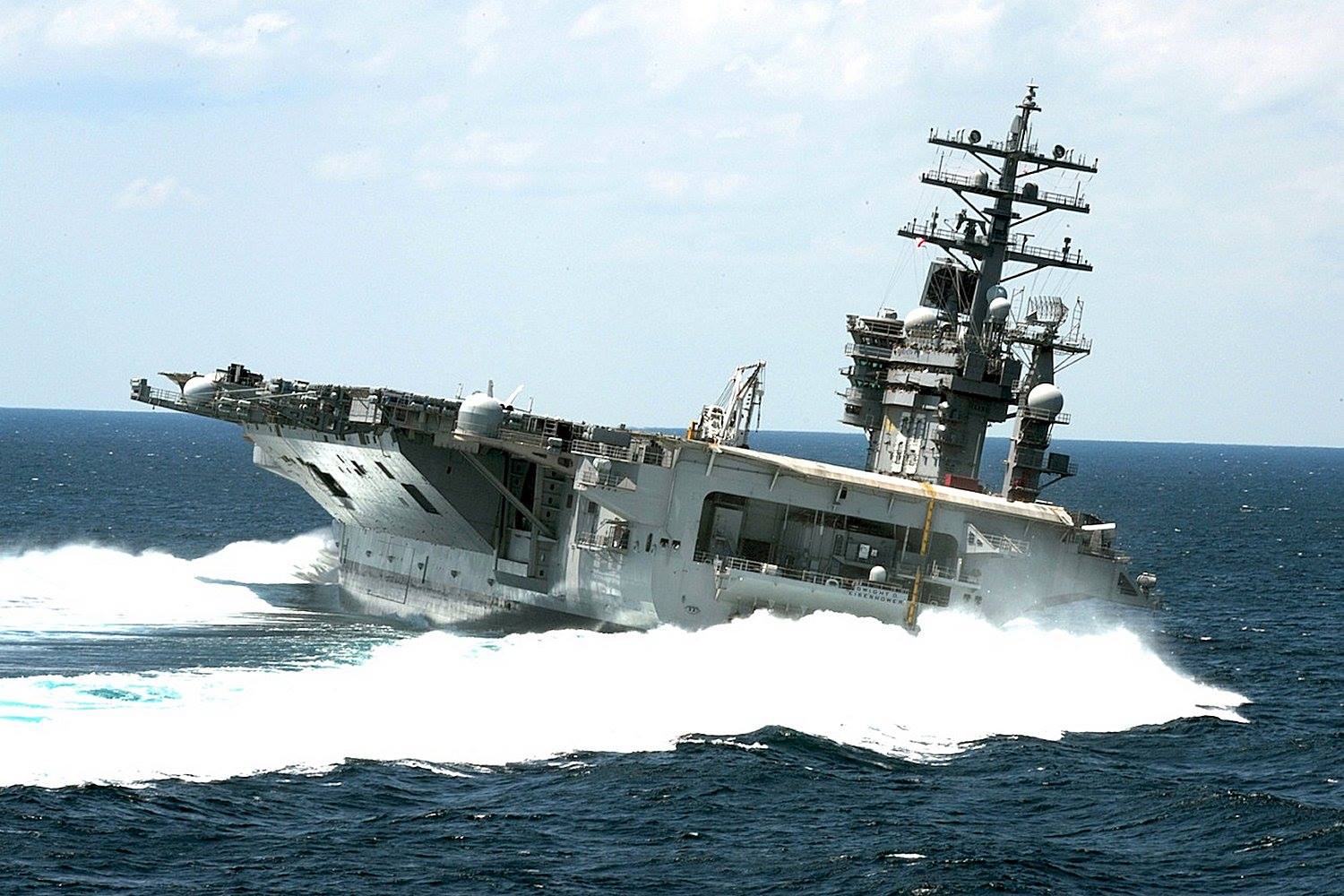
The volume of water that the ship displaces weighs more than the weight of the entire ship. The buoyant force of the water is greater than the gravitational force of the aircraft carrier. "I think you can understand we're taking all the appropriate planning that we need to salvage our aircraft and we're going to recover it in a timely manner, as we've done in the past," John F. Kirby, the
chief Pentagon spokesman, said at a news conference on Monday. "So I think any question about being in some sort of competition to recover what is in fact our property is speculative at best." Although U.S.
aircraft carriers are protected by the most potent, multi-layered defensive shield ever conceived, they do not take chances when deployed near potential adversaries. Their operational tactics have evolved to minimize risk while still delivering the offensive punch that is their main reason for existing.
For instance, a carrier will generally not operate in areas where mines might have been laid until the area has been thoroughly cleared. It will tend to stay in the open ocean rather than entering confined areas where approaching threats are difficult to sort out from other local traffic.
It will keep moving to complicate the targeting challenge for enemies. It will also use links to other joint assets from the seabed to low-earth orbit to achieve detailed situational awareness. Photos and videos that appeared to have been taken aboard the Vinson have been posted on social media.
Public affairs officers said that some of the images — such as one of the F-35 on the ocean surface — were authentic. "There is an ongoing investigation into both the crash and the unauthorized release of the shipboard video footage," said Cmdr.
Zach Harrell, a spokesman for Naval Air Forces. WASHINGTON — On Jan. 24, one of the U.S. Navy's most expensive warplanes crashed as it tried to land on an aircraft carrier and sank to the bottom of the South China Sea.
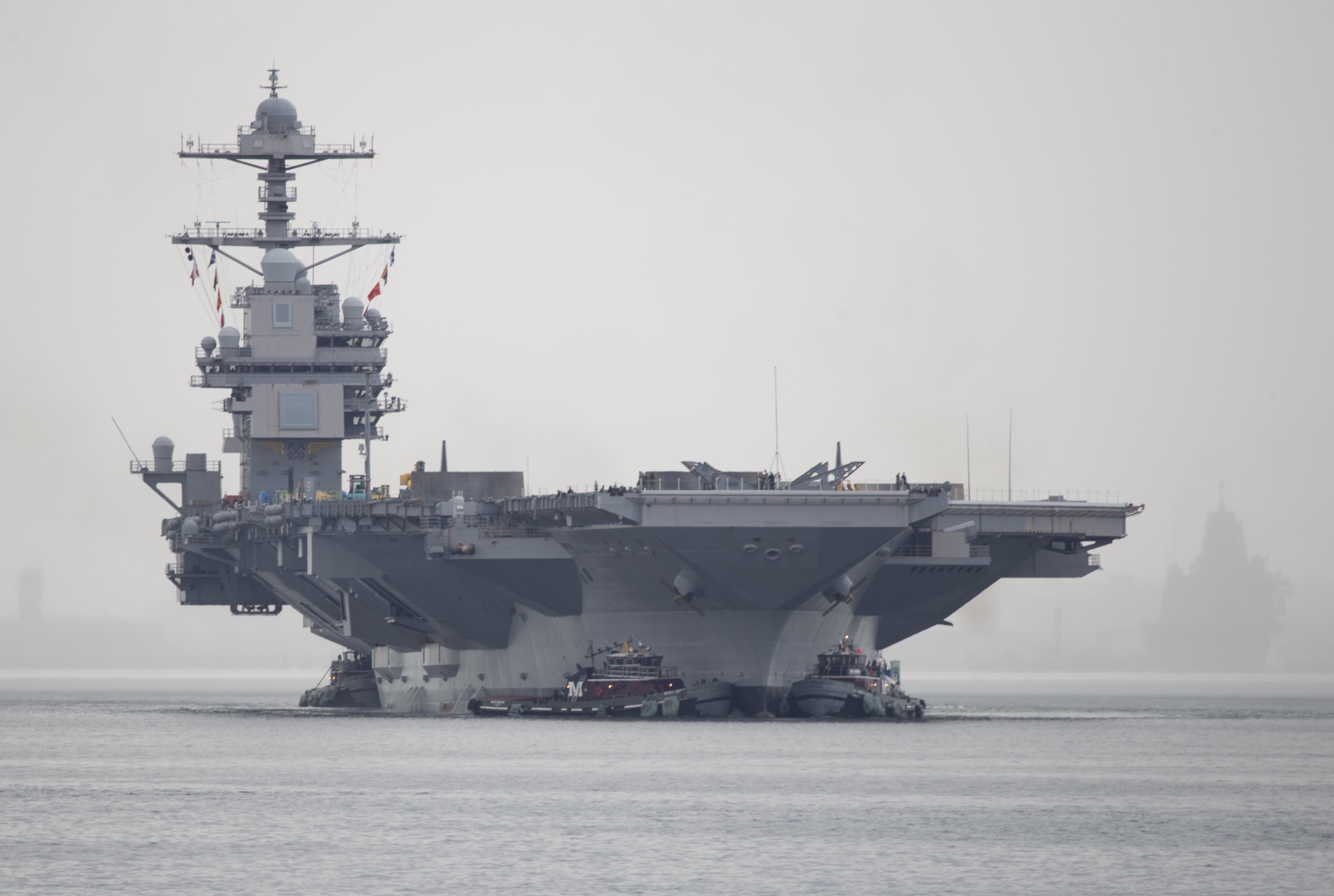
The $94 million F-35 Joint Strike Fighter is now the subject of a salvage operation. The bottom line on aircraft carrier survivability is that only a handful of countries can credibly pose a threat to America's most valuable warships, and short of using nuclear weapons none of those are likely to sink one.
Although the Navy has changed its tactics to deal with the proliferation of fast anti-ship missiles and the growing military power of China in the Western Pacific, large-deck aircraft carriers remain among the most secure and useful combat systems in America's arsenal.
With the unlimited range and flexibility afforded by nuclear propulsion, there are few places they can't go to enforce U.S. interests. And at the rate the Navy is investing in new warfighting technologies, that is likely to remain true for many decades to come.
Nobody really doubts the utility of large-deck carriers. There's nothing else like them, and the United States is the only nation that operates a fleet big enough to keep three or more carriers continuously deployed at all times.
However, two issues have come up over and over again since the Cold War ended that have led at least some observers to question why carriers are the centerpiece of America's naval fleet. One concern is that they cost too much.
The other is that they are vulnerable to attack. In a statement issued on the day of the incident, the Navy said seven sailors had been injured when the jet suffered a "landing mishap" on the aircraft carrier, the Carl Vinson.
It did not mention that the plane had ended up in the ocean. According to Navy documents, the service can lift a wrecked airplane from as deep as 20,000 feet by using a remote-operated vehicle the Navy calls CURV-21.
Weighing more than three tons, the box-shaped underwater drone can be deployed from the deck of a Navy salvage ship or a commercial vessel and controlled by technicians on the surface via a cable.
aircraft carrier fantail, aircraft carrier hull, aircraft carrier deck material, aircraft carrier flight deck layout, aircraft carrier components, aircraft carrier front, aircraft carrier cross section, aircraft carrier bridge layout
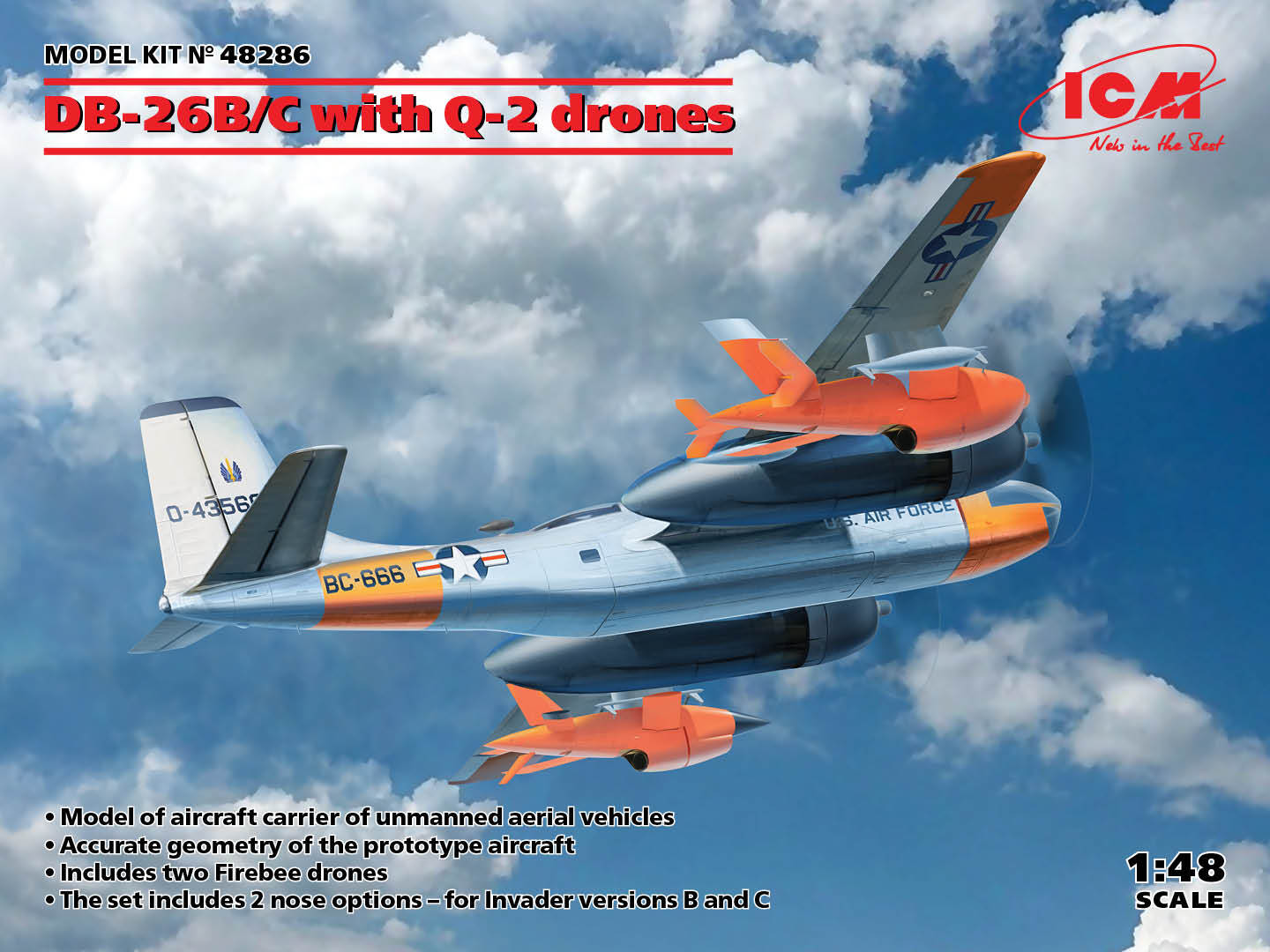
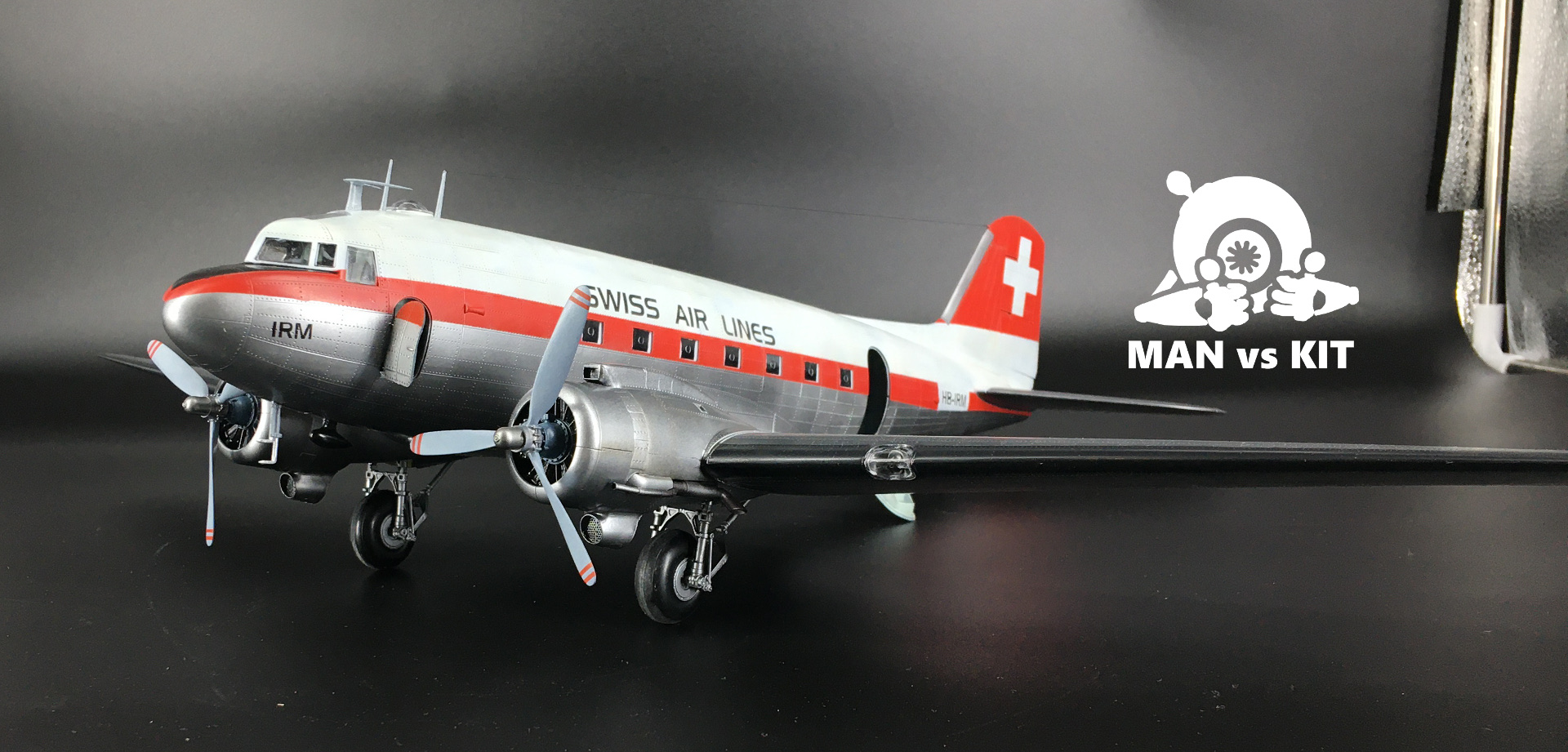






![Brazilian Army Bofors 40Mm Anti-Aircraft Gun [2000 X 1329] : R/Militaryporn](https://external-preview.redd.it/fN_5jYBa7ArrRfqSm51mlAfDMFiX1AJ2gGbpT9ZHNI0.jpg?auto=webp&s=24d99ca465fb10892dfbc0a4120d7588413f481a)


